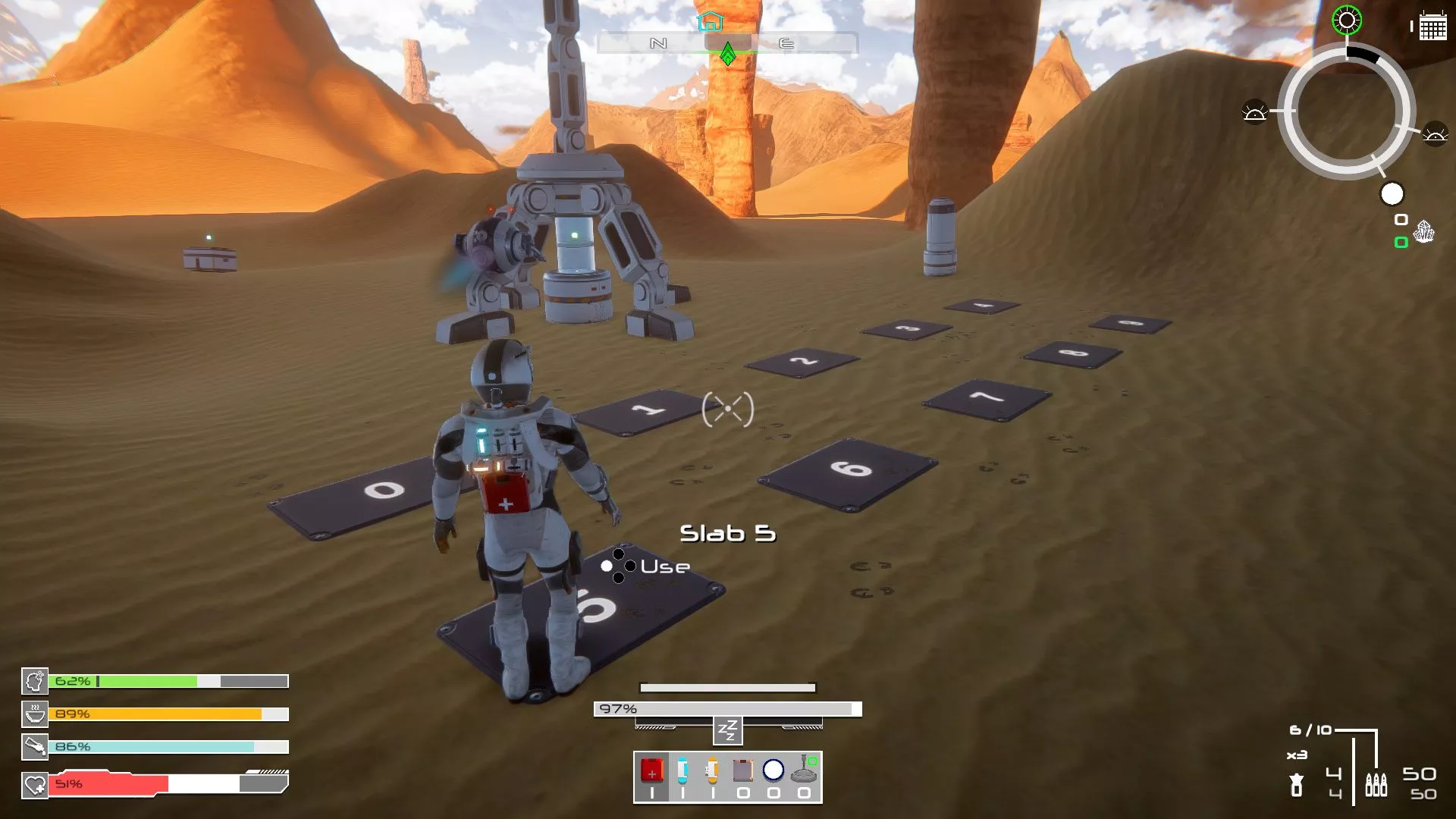I believe the main reason that D4, or Dark Dreams Don’t Die came about was to breathe some life into that little camera that sits above or below your television and often mistakes belches or farts as a command. Many of us have a love/hate relationship with Kinect; I for one have always wanted to embrace it. I believe the best way to describe Kinect is that it’s like bringing your mother along on a date: always watching you and often getting in the way.
I really, really wanted D4 to be the perfect Kinect game, but my hopes were dashed within the first two minutes. Initially, I took it as a huge relief that D4 could be played, via Kinect while seated on the couch, instead of standing up and flailing about. That relief was short lived when apparently my couch was too far away from my TV and Kinect camera. I was always under the impression that 60 inch televisions aren’t meant to be positioned four feet from your couch. With much disdain, I edged my seating closer, but then found that I could not sit back in my chair, but needed to sit upright so the Kinect could detect my torso. It really must not work very well because I’m nearly at the 100 kilo mark, so my “torso” is quite visible. So there I was, stark upright on the edge of my couch, far away from the backrest, staring at my TV from a distance where I could swear my mother was going to walk in and scream “Don’t sit so bloody close! You’ll ruin your eyes!”
I was ready to delve into D4.

Now to cut to the chase, I’ll honestly say that I tried. I really did try to embrace what was on offer, but the responses and response times required in D4 really aren’t suited to Kinect. That’s not to say that it didn’t work entirely, I’m just saying I had a hell of a lot more success with the controller. Now although using a controller is an option (handy seeing that the Xbox One is available without the Kinect camera) chasing hot spots on the screen during a cut scene to hit a mark and pick up a few in game credits takes some doing. On the upside, the controller does work better with the multitude of quick time events that are thrown at you.
Now that we’ve established that the game can actually be played without the use of Kinect, let’s establish if you want to actually play D4 at all. If you are someone who is time poor or has a short attention span, this just isn’t for you. Playing will require attention, patience and the ability to just shrug off the bizarre and soldier on through the game. You cannot afford to get distracted even in the cut scenes as you may miss the chance to uncover clues or hints, and again, credits.
Broken up into episodes, the story behind D4 is weird to say the least. Episodes begin with It centres around former detective, now private investigator David Young, whose wife was murdered. On the night of the murder he was shot in the head, but managed to survive and now has the ability to time travel. Even though he seems to mourn his departed wife, he has a young girl living with him who struts around in a skimpy leotard and likes to wrestle with him and he also tends to get rather close to any female that slightly resembles his “Little Peggy”. Time travel can only be facilitated by way of his bathroom mirror — the very bathroom where his wife was murdered — and possessing a ‘momento’, an article of significance from the investigation.

All the characters in D4 are very unique to say the least; including a grown woman thinks she’s a cat, a fashion designer whose best friend is a mannequin and a seven foot cutlery wielding guy in a surgeons mask, who seems to do nothing but offer a mini game and the occasional clue. The voice acting is a little off in places, were spoken emphasis is missed, changing the meaning of sentences entirely. Cel-shading gives the game a comic book/graphic novel feel, which lends itself well to the episodic format.
One glaringly obvious point to D4 is that it seems almost impossible not to complete the game, as the player is pushed and directed until achieving their objective. Yes, your investigation can end if you don’t maintain your stamina, but opportunities to regenerate life are plentiful, even more so if you are adept at collecting credits during your journey. This tends to be more of a negative than a positive, detracting from the challenge that should be in place. At the end of the game I was certainly left feeling unfulfilled and slightly empty, with a heavy sense of “what the hell just happened?”
It’s really difficult to tell you, the reader, whether you should add this to your library or not. D4 certainly isn’t without it’s merits. Playable, but far from a must play. Game length isn’t a feature, but is certainly bizarre enough to keep your interest. It possibly boils down to whether you want to blow the dust off your Kinect camera or not. The words ‘acquired taste’ certainly come to mind.
D4
 |
The good
|
The bad
|
Want to know more about our scoring scale?
[/tab][/tabs]
This article may contain affiliate links, meaning we could earn a small commission if you click-through and make a purchase. Stevivor is an independent outlet and our journalism is in no way influenced by any advertiser or commercial initiative.























